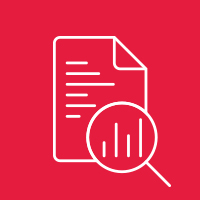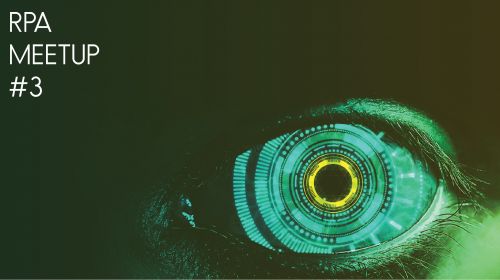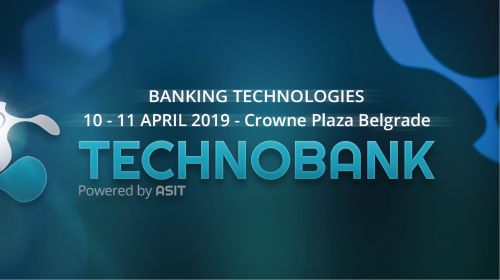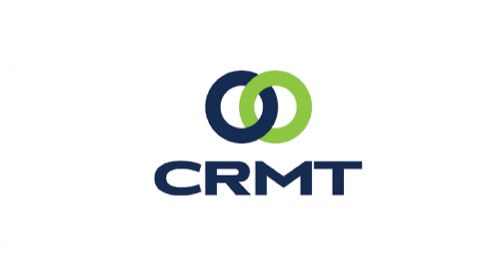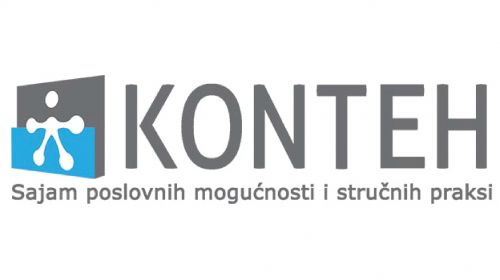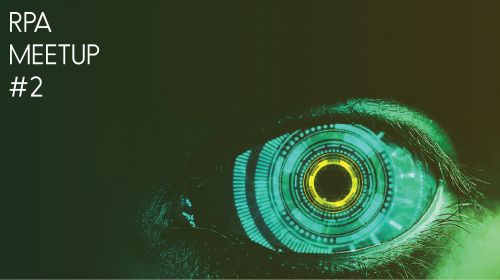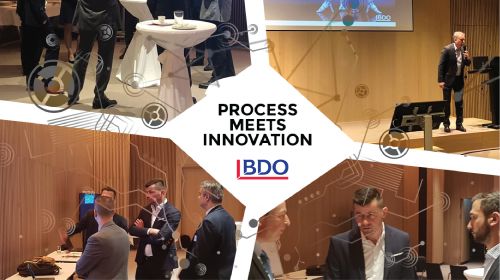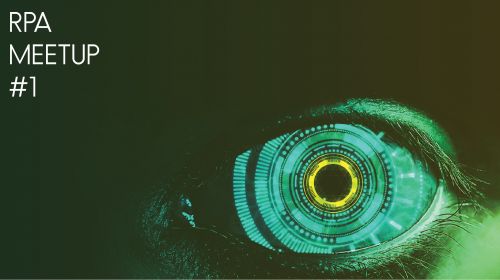Robotic Process Automation (RPA) brings the future to the present
April 11, 2018
After the two major steps on the Austrian market – the opening of the Graz branch and the RPA conference held in Graz, it is time for the third step – the RPA conference in Vienna. Following the successful RPA conference held in Graz, M&I Systems will introduce the concept and technological solutions in the field of Robotic Process Automation (RPA) once again – the conference will again be organized together with our strategic partner Austin BFP. M&I Systems and Austin BFP will present their expertise in the field of business optimization with the emphasis on the benefits of Robotic Process Automation (RPA).
The interest shown by potential clients gives us the right to think that we are on the right track. We would like to thank our partner Austin BFP for the cooperation and support in the process of organizing the conference, as well as our “fellow robots” for bringing the future to the present.
Because of technological development, and especially automation, the term robot, with a slightly altered meaning, is entering everyday vocabulary. Nearly half of the activities performed by individuals in companies within some industries today can be automated. Every day, employees perform hundreds of business tasks and processes that require accuracy and speed, but do not necessarily require decision-making. A robot never sleeps and makes no mistakes. Employees are free from frustrating activities and can focus on key tasks within the organization. Software robots are easily trained and integrated into any system, cloned and instantly activated. They are constantly reporting on their progress, thereby increasing operational and business predictability.
Digitalization has finally brought about improvements in terms of everyday business activities – the use of robots in the automation process. The use of robotic applications in all aspects of business will increase significantly in the years to come, not only because of the attractiveness of the solution, but also because of its necessity due to the challenges arising from digitalization. The ability to recognize the importance of robotic solutions is crucial for a company’s competitive position. These solutions perform tasks faster, more accurately and with less error, allowing the employees to focus on other activities that actually require their engagement, emotional intelligence and interaction with clients.
Due to the low costs associated with RPA and its implementation, it represents a cost-effective solution for all companies that manage all of their activities and employees independently. The main characteristics of RPA are that coding and programming skills are not required, the concept is oriented towards business users who do not need to have advanced IT knowledge, there is a clear visual definition of processes, it does not affect the existing applications and processes, it relies on the existing application functionalities and adopts the current employee mode of operation. These characteristics enable the return on investment (ROI from 30% to 200% within 1 year), resource optimization, higher efficiency and productivity of employees, reduction of costs, a quick way of solving a growing number of requirements in line with the increasing bureaucracy for which no human intervention is needed, uninterrupted automated process execution (24/7/365), as well as reduced risk in everyday business.
The interest shown by potential clients gives us the right to think that we are on the right track. We would like to thank our partner Austin BFP for the cooperation and support in the process of organizing the conference, as well as our “fellow robots” for bringing the future to the present.
What is RPA?
Because of technological development, and especially automation, the term robot, with a slightly altered meaning, is entering everyday vocabulary. Nearly half of the activities performed by individuals in companies within some industries today can be automated. Every day, employees perform hundreds of business tasks and processes that require accuracy and speed, but do not necessarily require decision-making. A robot never sleeps and makes no mistakes. Employees are free from frustrating activities and can focus on key tasks within the organization. Software robots are easily trained and integrated into any system, cloned and instantly activated. They are constantly reporting on their progress, thereby increasing operational and business predictability.
Digitalization and RPA
Digitalization has finally brought about improvements in terms of everyday business activities – the use of robots in the automation process. The use of robotic applications in all aspects of business will increase significantly in the years to come, not only because of the attractiveness of the solution, but also because of its necessity due to the challenges arising from digitalization. The ability to recognize the importance of robotic solutions is crucial for a company’s competitive position. These solutions perform tasks faster, more accurately and with less error, allowing the employees to focus on other activities that actually require their engagement, emotional intelligence and interaction with clients.
What are the benefits of using RPA?
Due to the low costs associated with RPA and its implementation, it represents a cost-effective solution for all companies that manage all of their activities and employees independently. The main characteristics of RPA are that coding and programming skills are not required, the concept is oriented towards business users who do not need to have advanced IT knowledge, there is a clear visual definition of processes, it does not affect the existing applications and processes, it relies on the existing application functionalities and adopts the current employee mode of operation. These characteristics enable the return on investment (ROI from 30% to 200% within 1 year), resource optimization, higher efficiency and productivity of employees, reduction of costs, a quick way of solving a growing number of requirements in line with the increasing bureaucracy for which no human intervention is needed, uninterrupted automated process execution (24/7/365), as well as reduced risk in everyday business.





 ERP
ERP


